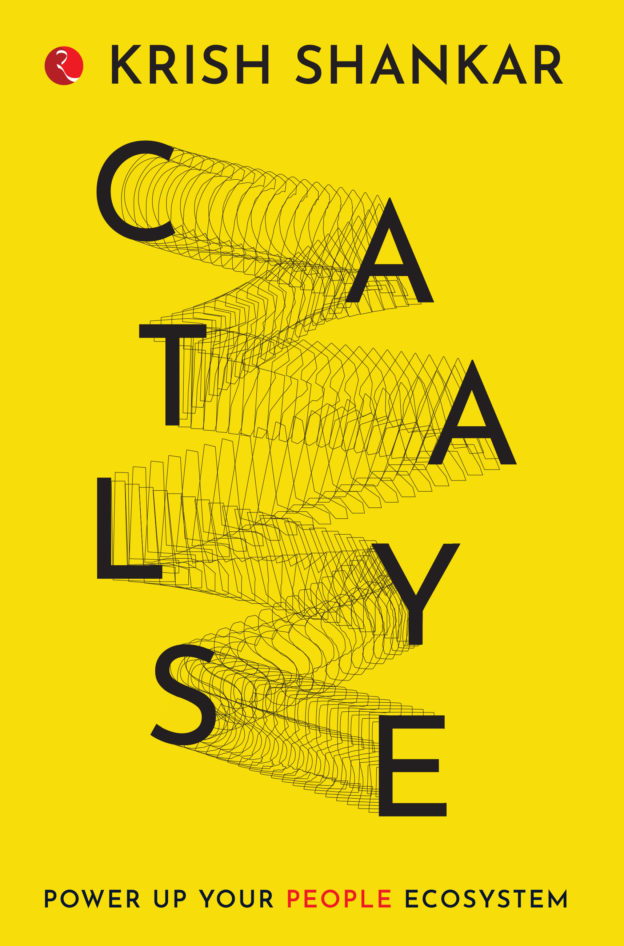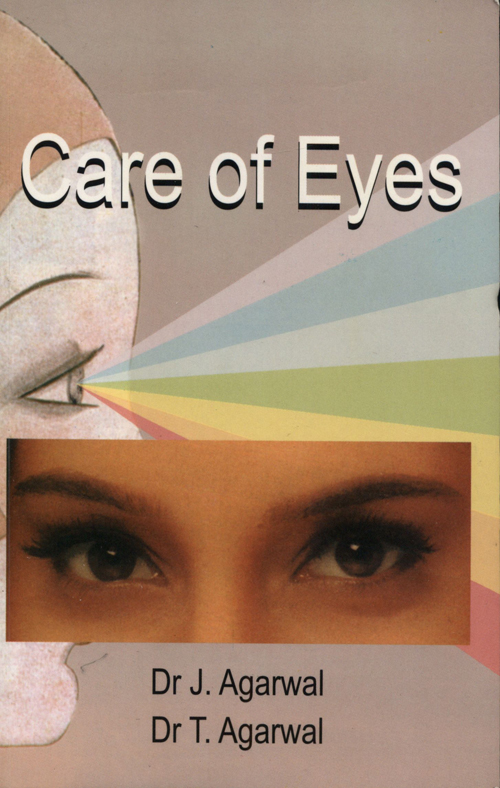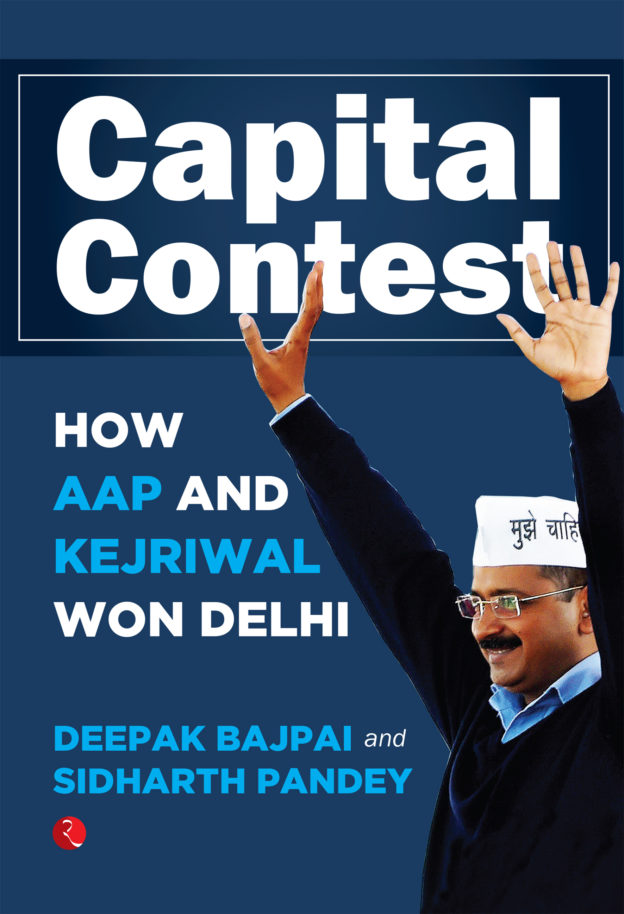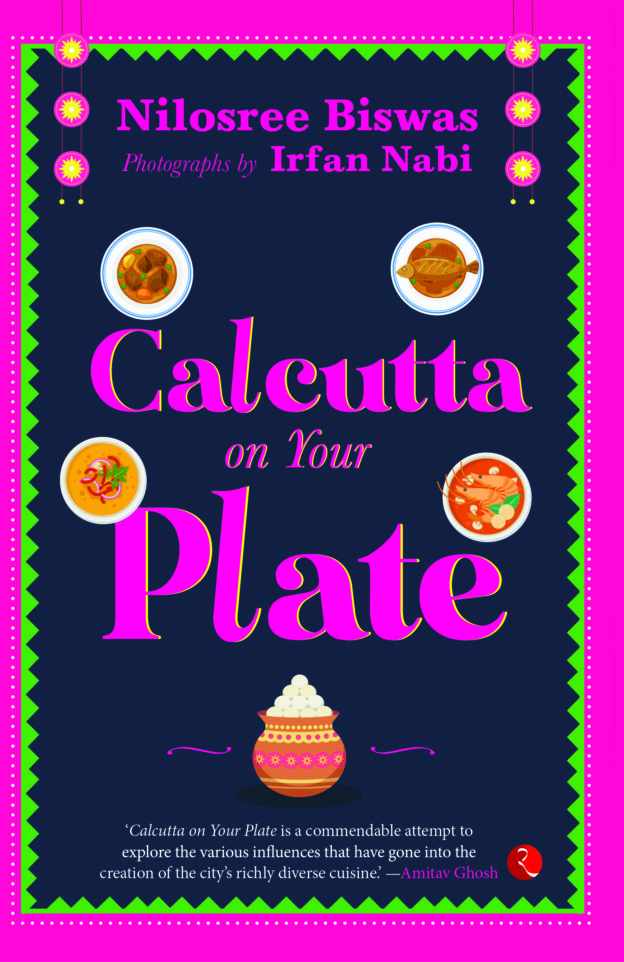An Introduction To Supramolecular Chemistry (Pb 2020)
Asim K Das (MSc (gold medalist,CU),PhD (CU),DSc (Visva Bharati)) is currently a Professor of Chemistry at Visva Bharati University, Santiniketan.He has over 25 years of teaching experience at both the undergraduate and postgraduate levels. He passed both the BSc (Hons in chemistry) in 1981 and MSc (specialization in inorganic chemistry) in 1983, standing First Class First from the University of Calcutta (CU). He received his PhD degree from CU under the supervision of Prof D Banerjea, the then Sir Rashbehari Ghose Professor of Chemistry. He received his DSc degree from Visva Bharati University in 2002.He has published more than 80 research papers in the field of thermodynamic and kinetic aspects of metal complexes in reputed national and international journals.He has authored the books Bioinorganic Chemistry, Environmental Chemistry with Green Chemistry, and coauthored Fundamental Concepts of Inorganic Chemistry (Vols 1–7)CBS,and An Introduction to Nanomaterials and Nanoscience. ... Read more Read less
The present book has been designed to cover the basic and fundamental aspects of supramolecular interactions,molecular recognition and development of molecular devices. The book has been prepared to meet the needs of undergraduate and postgraduate chemistry students.
Highlights of the Book
- Concept of supramolecular chemistry
- Different types of noncovalent interactions in supramolecular systems
- Basic principles of molecular recognitions and formation of supramolecular assemblies
- Guest–host spatial relationship
- Different types of hosts (i.e.receptors)
- Biological supramolecular systems
- Cooperativity and complementarity in guest binding
- Cation recognition and cation binding hosts — podands,corands,cryptands,spherands,torands
- Anion coordination
- Anion recognition and anion binding hosts — polyazamacrocycles, positively charged cyclophanes, urea and
- guanidinium based receptors, polydentate Lewis acids, metallocene based receptors, anticrowns and anticryptands
- Ditopic and polytopic receptors
- Receptors for neutral guests
- Enantioselective or chiral recognition
- Molecular hosts and molecular vessels — calixarenes, resorcarenes, cyclodextrins, cucurbiturils, cyclophanes, cryptophanes,carcerands and hemicarcerands.
- Molecular clips,clefts and tweezers
- Kemp's triacid derived molecular clefts
- Dendrimers — synthesis and guest–host chemistry
- Molecular self-assembly
- Hydrogen bond directed self-assemblies — template for self replication, molecular ribbon, molecular ring and molecular box
- Halogen bond directed self-assemblies
- Catenanes and rotaxanes
- Transition metal coordinated self-assemblies — catenanes,helices,molecular knots,molecular racks,molecular ladders and molecular grids
- Supramolecular and molecular devices — photonic,electronic and ionic
- Electrochemical sensors of cations,anions and neutral molecules
- Molecular switches
- Chemonics and semiochemistry
- Highlights of the Book.











